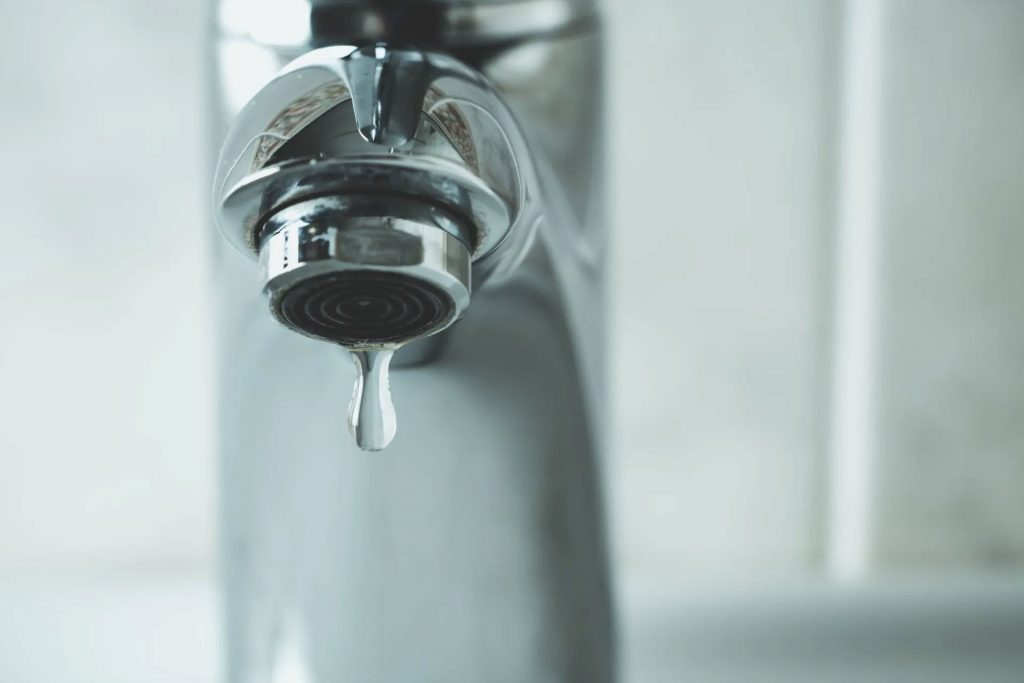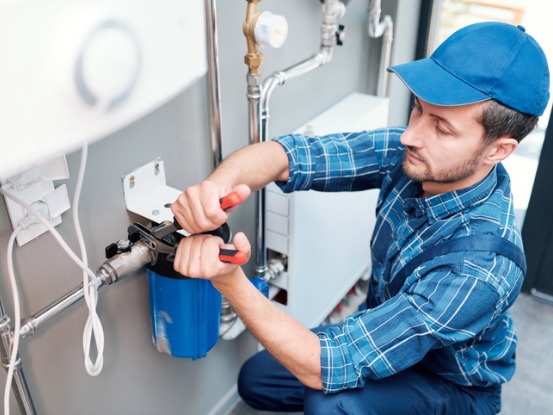Step-by-Step Techniques for Fixing Low Water Pressure in Your Home
Step-by-Step Techniques for Fixing Low Water Pressure in Your Home
Blog Article
What're your insights and beliefs on 9 Reasons for Low Water Pressure in Your House?

Low water pressure in your house can be a discouraging problem, influencing whatever from showering to cleaning meals. If you're experiencing weak water circulation, there are a number of feasible causes and solutions to check out. In this overview, we'll talk about common factors for low tide pressure and practical actions to address the concern effectively.
Intro to Low Tide Pressure
Low tide stress takes place when the flow of water from your taps, showers, and various other components is weak than typical. This can make daily tasks more difficult and much less efficient. Recognizing the reasons for low water pressure is vital to discovering the best solution.
Common Reasons For Low Tide Pressure
Faulty Pressure Regulatory Authorities
Pressure regulators are in charge of keeping consistent water stress in your house. If they malfunction, it can lead to low tide stress or unequal flow throughout your house.
Community Water System Issues
Sometimes, the issue lies outside your home. Municipal water system concerns, such as main line leaks or upkeep work, can briefly minimize water pressure in your area.
Pipe Obstructions
Gradually, pipelines can end up being blocked with mineral deposits, debris, or particles, restricting the flow of water. This is an usual issue in older homes with galvanized steel pipes.
Corrosion
Deterioration within pipes can lead to leaks and reduced water pressure. Rust buildup can constrict water circulation, especially in maturing plumbing systems.
Exactly How to Diagnose Low Water Pressure
Evaluating Pipes
Check visible pipelines for signs of leaks, rust, or blockages. Take note of any kind of uncommon noises, such as knocking or rattling pipes, which might indicate issues within the plumbing system.
Consulting with a Plumber
If you're unable to pinpoint the reason for low water pressure, take into consideration hiring a professional plumber to carry out a complete evaluation. They can determine underlying concerns and advise proper solutions.
Examining Faucets and Components
Beginning by evaluating the water stress at different faucets and components throughout your home. If the issue is isolated to details areas, it may show local troubles.
DIY Solutions to Fix Low Tide Pressure
Flushing Hot Water Heater
Debris buildup in the hot water heater can limit flow and lower efficiency. Purging the storage tank regularly aids get rid of debris and preserve optimum efficiency.
Inspecting Pressure Regulator
Make certain that the stress regulator is working correctly. Adjusting or replacing the regulator can help bring back proper water stress throughout your home.
Cleansing Aerators and Showerheads
Natural resources can collect in aerators and showerheads, minimizing water flow. Eliminate and clean these elements consistently to improve water pressure.
Clearing Clogs in Pipeline
For small obstructions, attempt making use of a plumbing snake or chemical drain cleaner to clear obstructions in pipes. Be cautious when making use of chemicals and adhere to safety and security standards.
When to Call an Expert Plumber
If do it yourself efforts stop working to solve the issue or if you believe considerable plumbing issues, it's best to seek support from an accredited plumber. They have the experience and tools to deal with intricate concerns securely and properly.
Safety Nets to Maintain Water Pressure
Setting Up a Pressure Booster
Consider mounting a pressure booster pump to enhance water stress in locations with regularly low circulation. This can be specifically valuable for multi-story homes or residential properties with high-demand fixtures.
Tracking Water Usage
Bear in mind water use habits and prevent ill-using the plumbing system. Straightforward adjustments, such as staggering showers and laundry loads, can help preserve appropriate water pressure.
Normal Maintenance
Set up routine maintenance for your plumbing system to stop problems such as deterioration, leakages, and clogs. Resolving small issues early can aid stay clear of more substantial repair services in the future.
Final thought
Taking care of low water pressure can be frustrating, however recognizing the underlying reasons and executing suitable remedies can bring back ideal flow throughout your home. Whether it's cleansing aerators, checking pipelines, or talking to a plumber, taking proactive steps can guarantee a constant supply of water for your everyday requirements.
FOUR WAYS TO FIX LOW WATER PRESSURE NOW
Turning on a shower or faucet only to find the water comes out in a sad, slow drizzle is never a good feeling. How exactly are you supposed to wash a pan or take a quick shower when it takes 10 minutes just to rinse off a little soap? The good news is that when your water pressure is bad, there's always a cause: typically one that can be easily fixed. Here are some of the most common causes of low pressure and what you can do to fix the issue:
DEBRIS AND MINERAL DEPOSIT BUILDUPS
If you notice low water pressure from just one or two of the fixtures in your house, the problem likely has to do with debris buildup. Water is full of minerals and other debris, all of which can accumulate in your pipes and on your fixtures. This can cause a blockage that affects how much water flows through. To fix this, try filling a small plastic bag with white vinegar, and use a rubber band to hang it around your showerhead or faucet. Let the head of the fixture soak for a few hours, and the vinegar should loosen the deposits.
WATER LEAKS
Leaks are another common cause of low water pressure. If water is flowing out of your plumbing through a hole or crack before it can reach your fixture, the pressure coming out of the faucet or showerhead will be lower. A plumbing professional is your best bet for finding and repairing a leak in your water supply pipes.
Leaks are another common cause of low water pressure. If water is flowing out of your plumbing through a hole or crack before it can reach your fixture, the pressure coming out of the faucet or showerhead will be lower. A plumbing professional is your best bet for finding and repairing a leak in your water supply pipes.
A VALVE ISSUE
If you have low water pressure throughout your home, check your main shut-off valve to make sure it's completely open. You may also want to see if there's a pressure-reducing valve installed. If there is, have a plumber help you adjust the settings to get the pressure you're looking for.
OTHERS USING WATER
Believe it or not, your low water pressure could be caused by your neighbors. If you notice low pressure at certain times of day, it may be because you and the people living next to you have similar schedules - when everyone is showering at the same time, the pressure will be lower in every home. Low pressure throughout the neighborhood may also be caused by an issue with your municipal water supply. If that's the case, call the supplier to see if they're working on the issue.
https://www.rotorooter.com/blog/water-leaking/low-water-pressure-fixes/

Do you enjoy reading about 4 Ways to Troubleshoot Low Water Pressure? Try leaving a remark below. We will be pleased to find out your insights about this blog post. We are looking forward that you visit us again soon. Sharing is nice. You just don't know, you may very well be doing someone a favor. Kudos for being here. Please visit our website back soon.
Additional Information Report this page